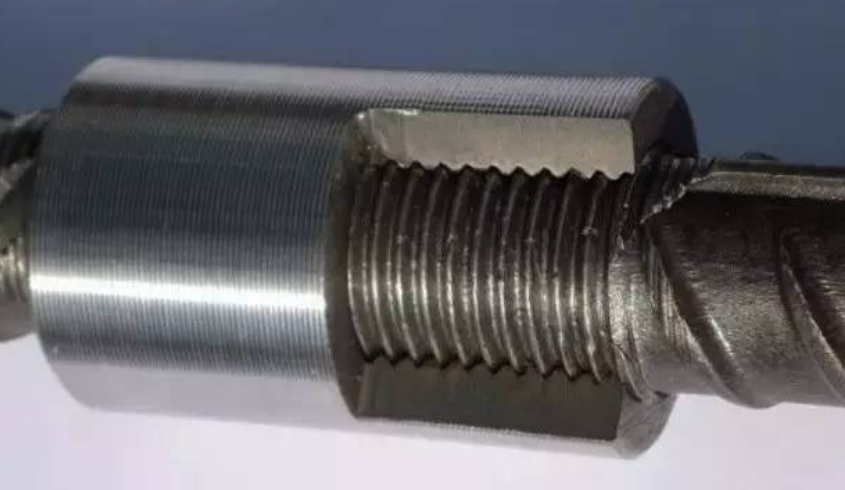Let's delve into some key knowledge points about threaded connections that we need to master in the field of mechanical design. A threaded connection is a type of detachable connection that fastens two or more components together using threaded parts (or the threaded portion of the components themselves).

Basic Knowledge of Threaded Connections
1. Key Parameters of Threads
The basic geometric parameters of a thread include: major diameter d(D), minor diameter (d), pitch diameter (D), pitch P, number of threads n, lead L, helix angle λ, thread profile angle, and thread inclination angle β. For internal threads, the parameters used are (d), (D), and (). The major diameter of the thread usually refers to the nominal diameter. The relationship between pitch and lead is L=nP.
2. Classification of Threads
Threads can be classified into triangular threads, rectangular threads, trapezoidal threads, and sawtooth threads based on the shape of the thread profile. According to the direction of the spiral, threads can also be divided into right-handed threads and left-handed threads. Typically, when the thread axis is placed vertically, if the thread rises from left to right, it is called a right-handed thread; otherwise, it is a left-handed thread. Right-handed threads are more common.
3. Main Types of Bolted Connections
There are mainly four types of threaded connections: bolted connections, double-end stud connections, screw connections, and set screw connections. The first two types require the use of a nut, while the latter two do not.
- • Bolted Connection: Depending on the fit between the bolt shank and the inner hole, bolted connections can be divided into ordinary bolted connections and slotted hole bolt connections.
- • Double-End Stud Connection: This type of connection uses a cylindrical fastener with threads on both ends, suitable for situations where the connected parts are too thick or too soft, not suitable for through holes, and require frequent disassembly.
- • Screw Connection: Mainly used in situations where the connection is not frequently disassembled and subjected to less force. This type of connection uses only a screw (sometimes with a washer) without a nut, making it the simplest in structure.
-
• Set Screw Connection: Used to fix the relative position of two parts and can transmit small forces and torques. It is commonly used to fix hubs to shafts.
4. Threaded Fasteners
In mechanical manufacturing, there are many types of threaded fasteners, including bolts, double-end studs, screws, as well as nuts and washers.





 Customer service 1
Customer service 1  Customer service 2
Customer service 2